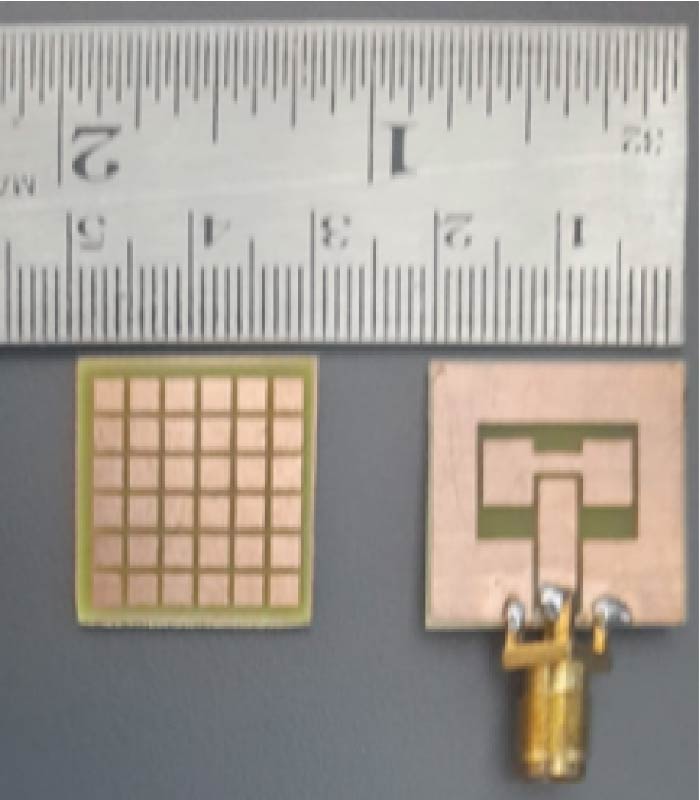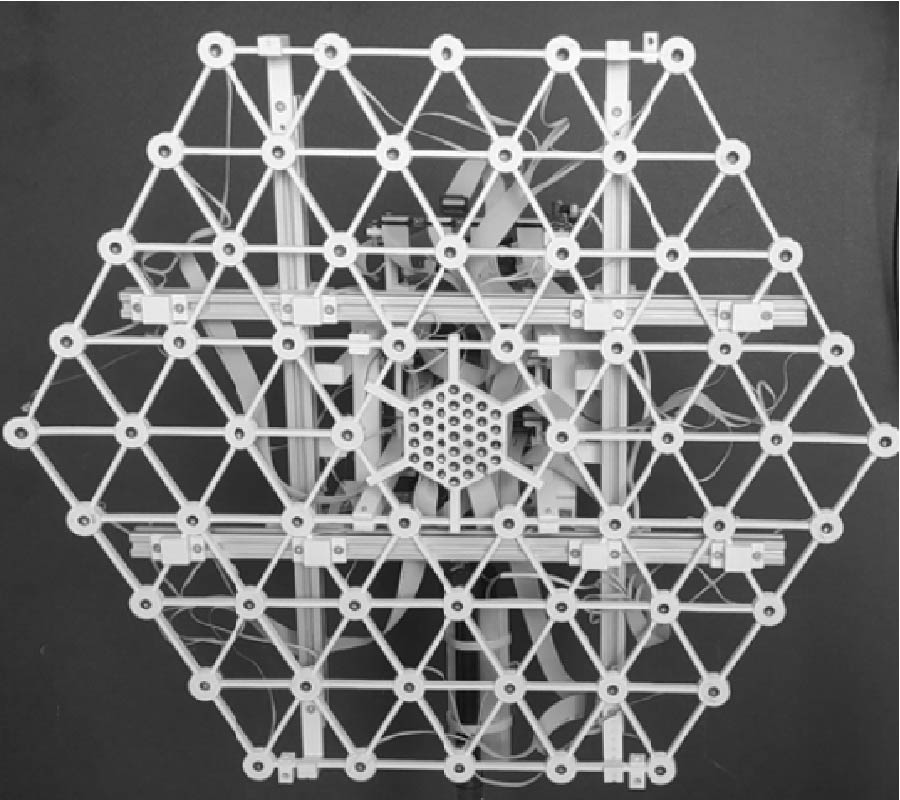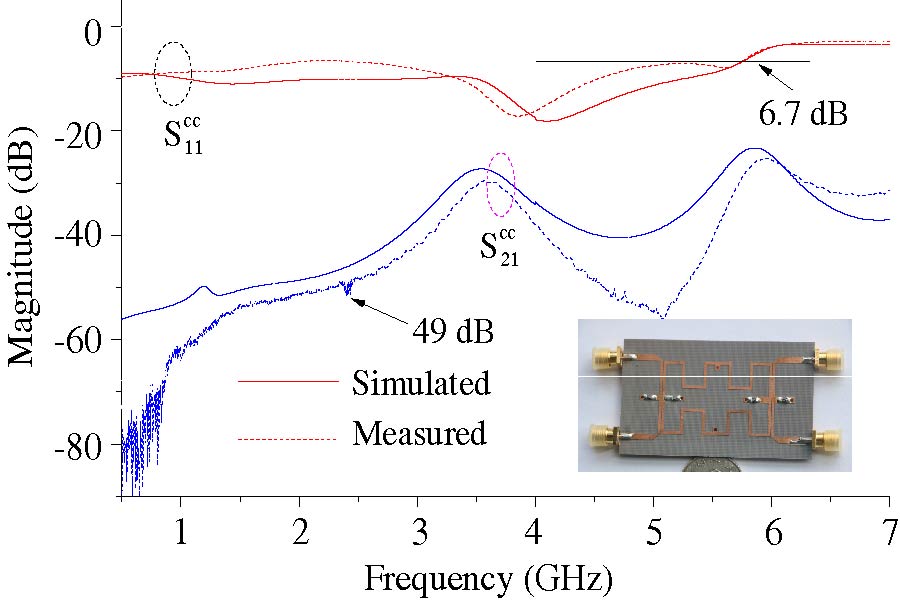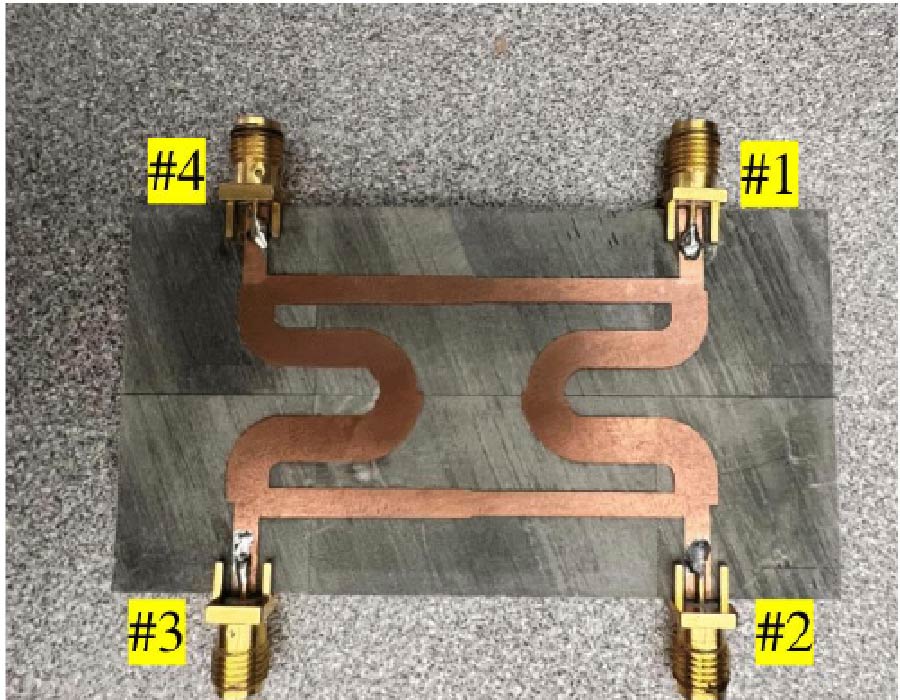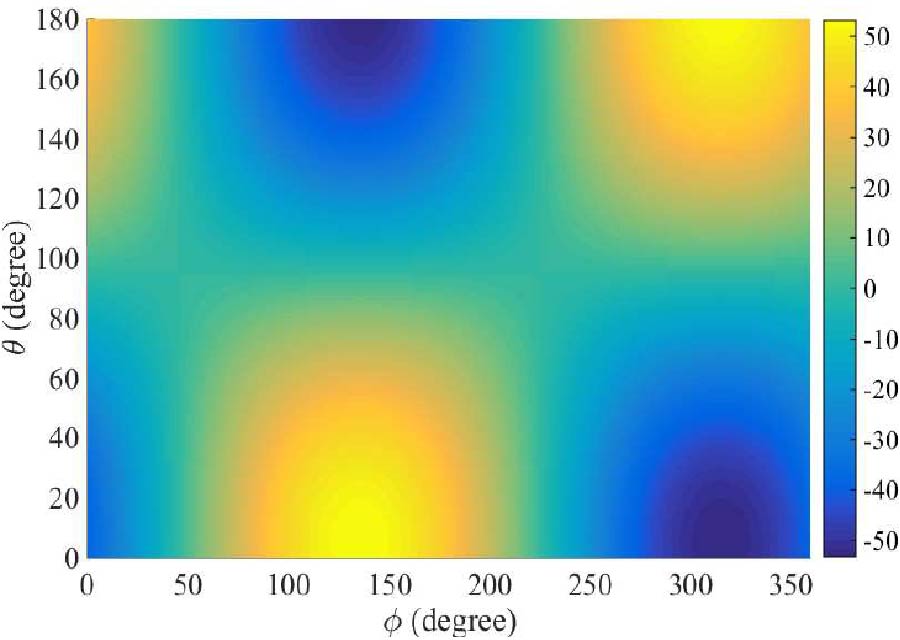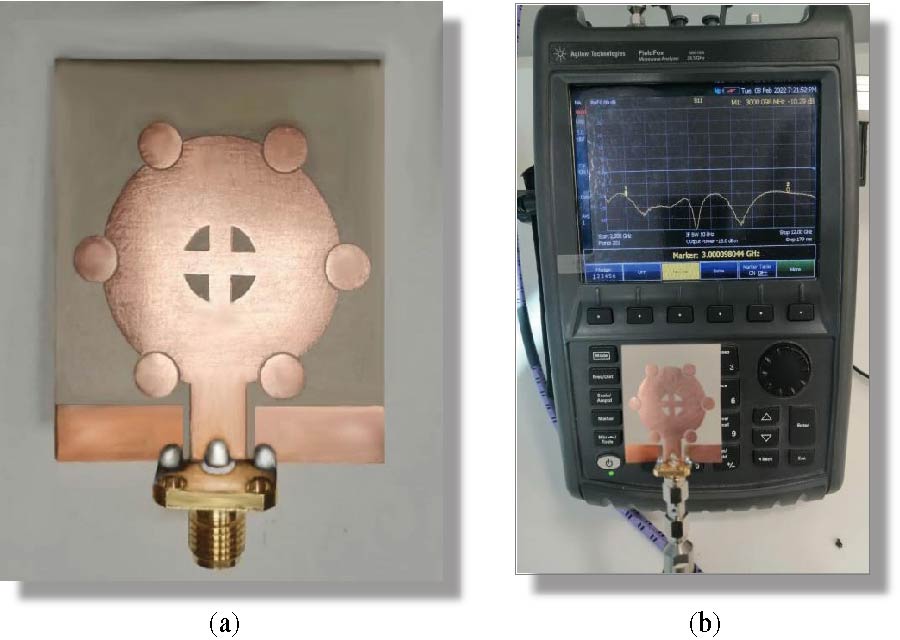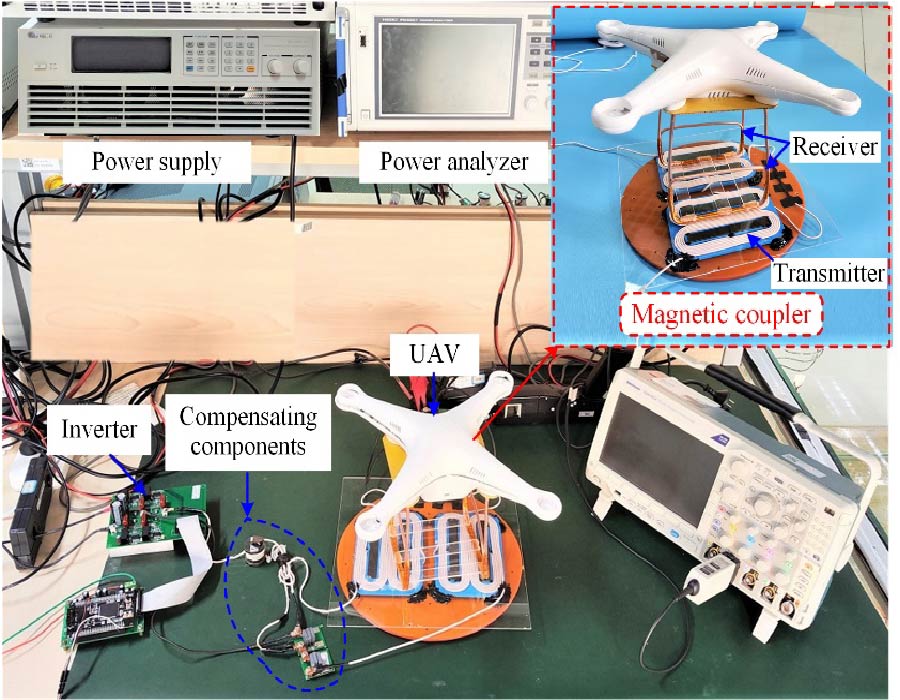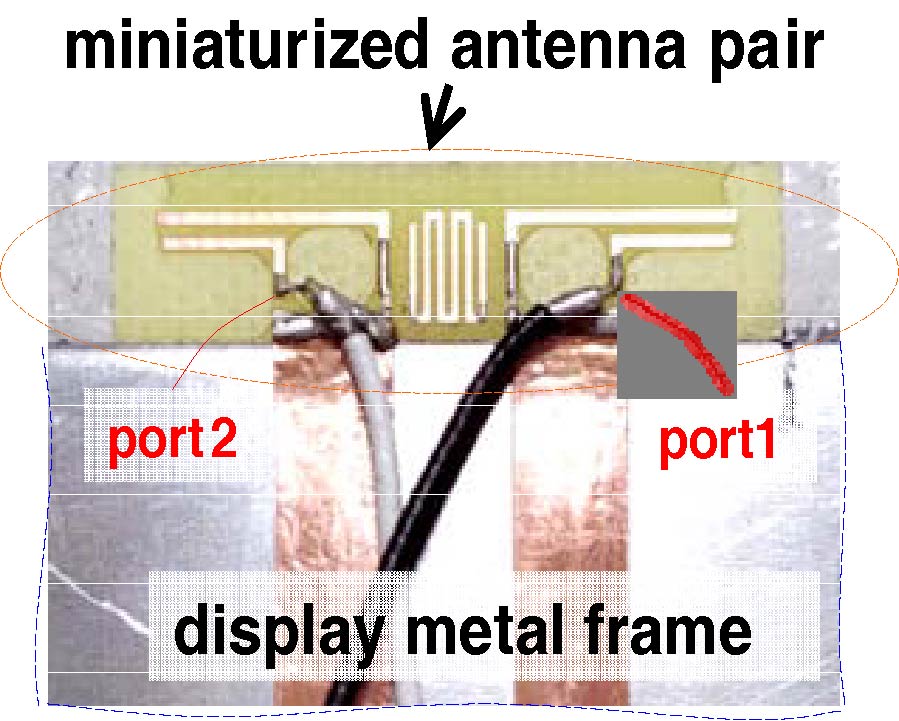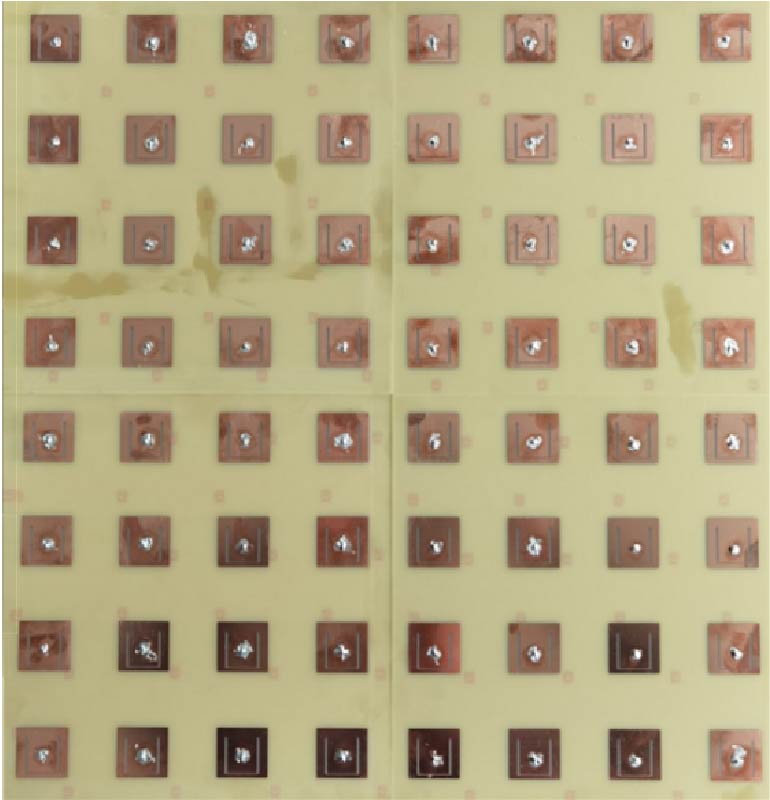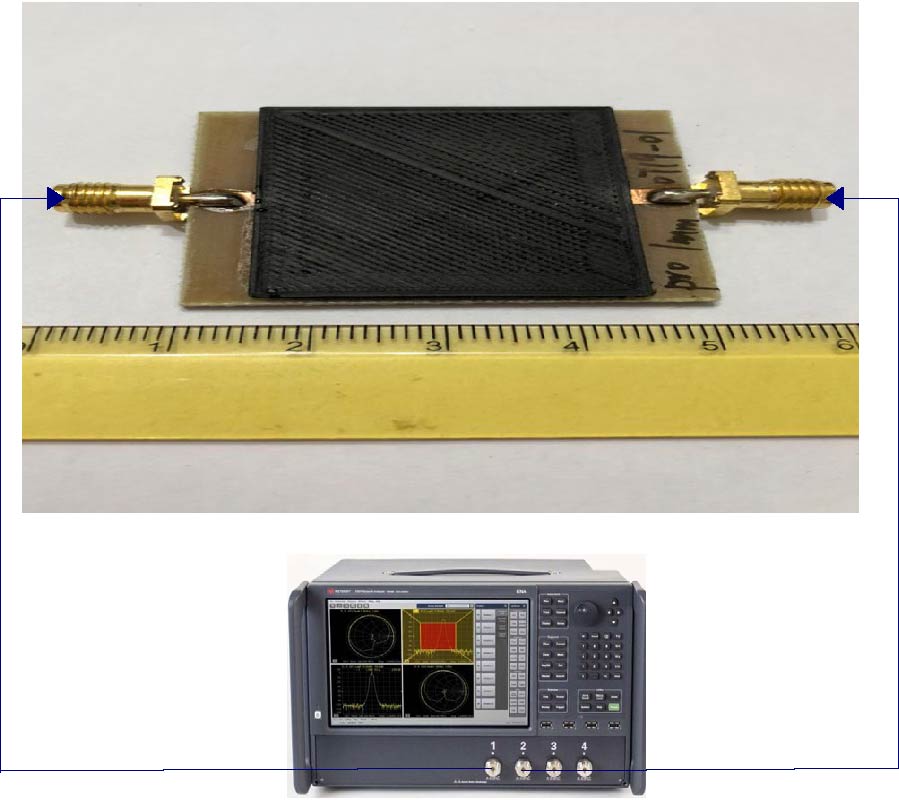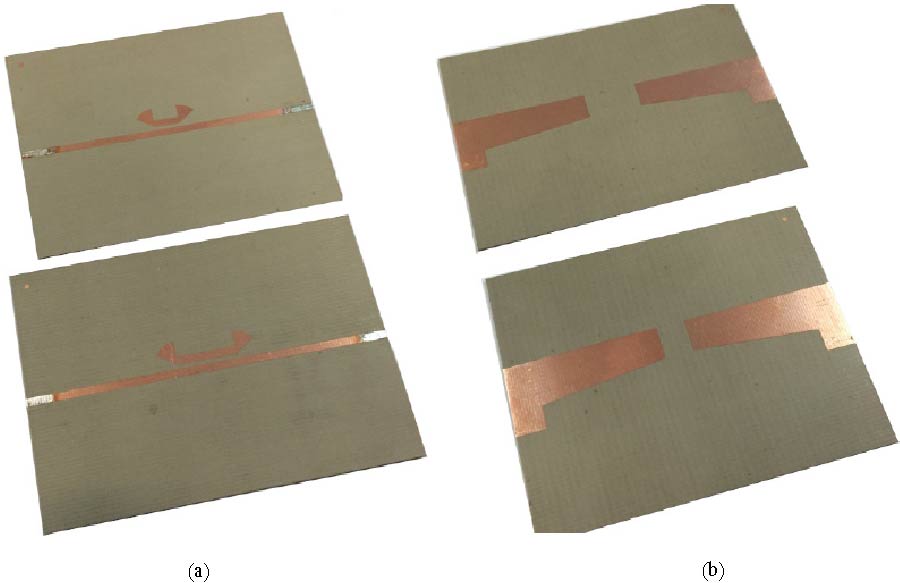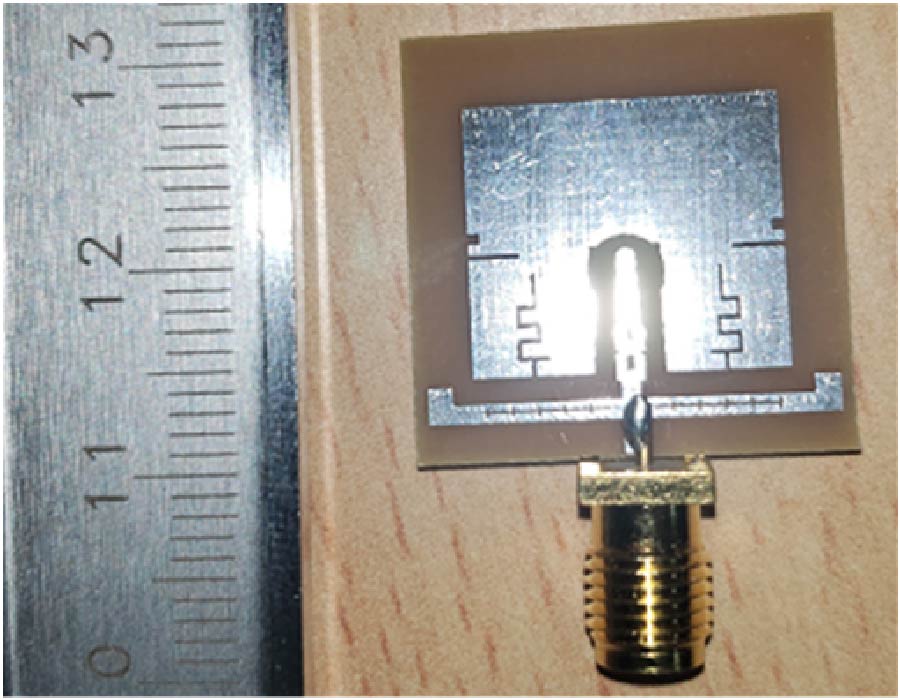Light-Weight Unmanned Aerial Vehicle Wireless Power Transfer System Based on Hollow Copper Coated Aluminum Tubes
Pengcheng Cao
,
Yong Lu
,
Changbo Lu
and
Shuai Wu
Limited endurance has become a bottleneck restricting the wide application of unmanned aerial vehicles (UAVs), and wireless power transfer (WPT) technology is expected to become an effective means to help UAVs break this bottleneck. UAV has strict restrictions on the weight of onboard system, so the lightweight design of the receiving side has become the core goal of UAV WPT systems design. In order to achieve this goal, this paper first proposes a novel magnetic coupler based on hollow copper-coated aluminum tubes, in which the receivers act as both landing gears and energy pick-up. The coupling mechanism of the magnetic coupler is analyzed. Secondly, based on the LCC-S resonant compensation network with a simple structure on the receiving-side, the system circuit is designed, and the system transmission model is established. Finally, a UAV WPT prototype is built and tested. The experimental results show that the transmission power of the designed system can reach 157 W, the overall efficiency 80%, and each receiver (also acting as landing gear) weight only 22 g. The weight power density ratio is 3.568 W/g.
